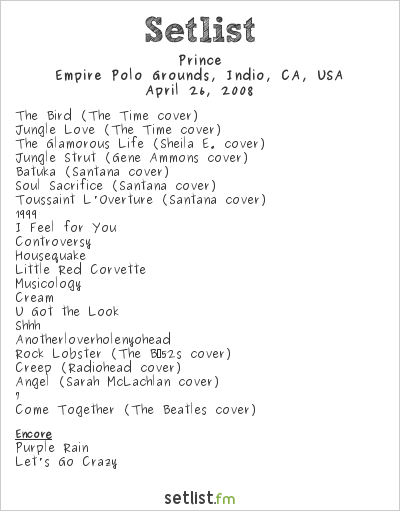If you like philosophy and road tripping, then you’ll want to put Wittgenstein in Norway in your YouTube queue. Posted this month by Kirsten Dirksen, the short film takes through the beautiful countryside of Norway, in search of the hut where Ludwig Wittgenstein exiled himself from society from time to time, first starting in 1913. Dirksen gives this preface to the film:
Over 100 years ago, philosopher Ludwig Wittgenstein went to the fjords of Norway to escape the scholarly world of Cambridge. His former teacher Bertrand Russell wrote, “I said it would be lonely, and he said he prostituted his mind talking to intelligent people.”
Not content with simply moving to the isolation of rural Norway- at the end of the Sognefjord (the deepest and second longest fjord)- Wittgenstein built his hut across the lake and halfway up a mountain from the nearest town (Skjolden). Measuring just 7 by 8 meters, the small cabin dubbed “Little Austria” (his native country) became his home on and off throughout his life (his longest stay here was 13 months).
Wittgenstein was fleeing the distractions and interruptions of a more social lifestyle and hoping to confront only his own thoughts. “Whoever is unwilling to descend into himself,” he wrote, “because it is too painful, will of course remain superficial in his writing.’” He wrote some of his most important work here (a precursor to his “Tractatus Logico-Philosophicus” and some of his “Philosophical Investigations”).
Today all that remains of his hut are its stone foundation and a very faint hikers trail up the mountain, though some Norwegians are trying to change this. Artists Marianne Bredesen, Sebastian Makonnen Kjølaas and Siri Hjorth (in collaborations with the Wittgenstein Society in Skjolden and funded by Public Art Norway) threw an all-expenses-paid vacation to bring fellow Oslo residents to the ruin. Inspired by Wittgenstein’s argument that “philosophical problems arise when language goes on holiday”, they are calling their art holiday “Wittgenstein on Vacation”. For part one, they entertained their guests with a weekend of lectures, meals and a Wittgenstein interpretation at the site of his cabin. We captured some of the show on our own journey to this disappearing piece of history.
Other videos about simple living, self-sufficiency, small homes, and philosophies of life can be found on Dirksen’s YouTube channel.
If you would like to sign up for Open Culture’s free email newsletter, please find it here. It’s a great way to see our new posts, all bundled in one email, each day.
If you would like to support the mission of Open Culture, consider making a donation to our site. It’s hard to rely 100% on ads, and your contributions will help us continue providing the best free cultural and educational materials to learners everywhere. You can contribute through PayPal, Patreon, and Venmo (@openculture). Thanks!
Related Courses:
Free Online Philosophy Courses
Ludwig Wittgenstein’s Short, Strange & Brutal Stint as an Elementary School Teacher
Ludwig Wittgenstein’s Tractatus Gets Adapted Into an Avant-Garde Comic Opera
Wittgenstein and Hitler Attended the Same School in Austria, at the Same Time (1904)



